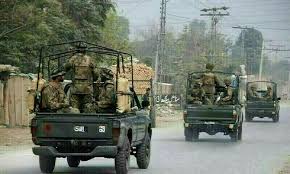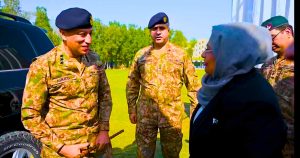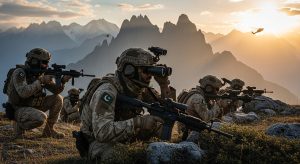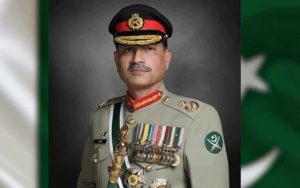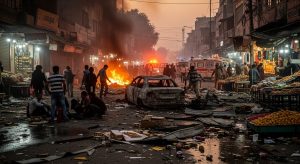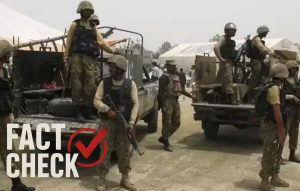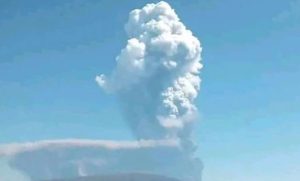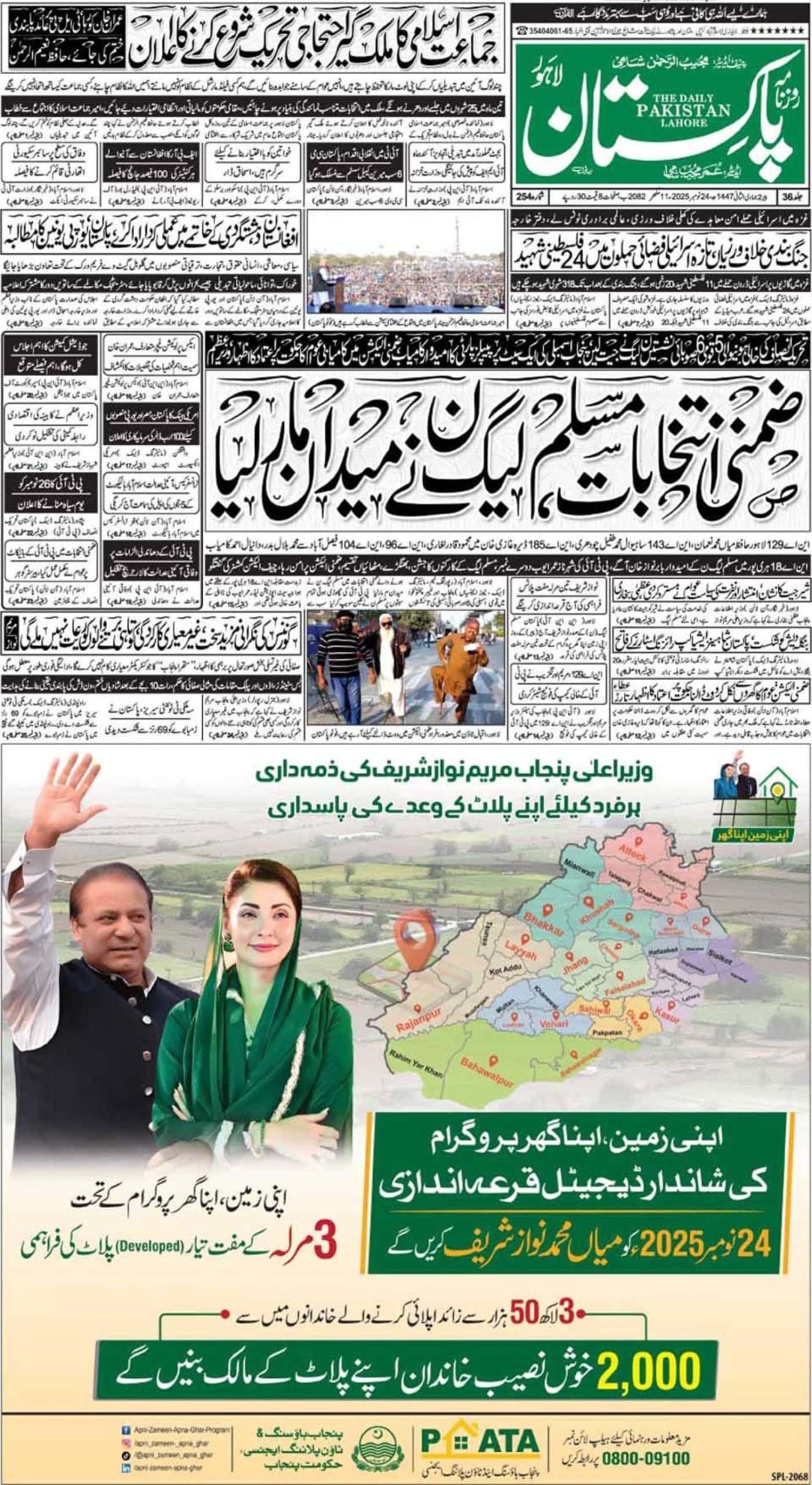For more than two decades, Khyber Pakhtunkhwa (KP) and its adjoining tribal areas have stood at the centre of Pakistan’s counter-terrorism campaigns. Since the early 2000s, federal military operations have targeted militant networks threatening both national security and regional stability. These campaigns remain under the command of Pakistan’s Armed Forces and the federal government. The provincial administration, currently headed by Ali Amin Gandapur, plays only a constitutionally limited supportive role.
Khyber Pakhtunkhwa’s security landscape is also shaped by a legacy of past operations where successive federal governments oversaw campaigns that dismantled militant strongholds. Provincial governments, however, were left to grapple with the humanitarian fallout, economic disruption and mistrust created in many communities. While these campaigns weakened insurgent networks, they left behind scars that still weigh heavily on society.
Today, those unresolved consequences weigh heavily on the provincial government of KP. Communities still grappling with displacement and security fatigue often look to the sitting provincial leadership for redress. Critics argue CM Gandapur is paying the political price for decisions made by earlier administrations, where civilian engagement was sidelined in favour of swift military action. He must now manage not only current governance and welfare challenges but also grievances rooted in policies he had no role in shaping.
The security environment remains fraught. So far, in 2025, security forces have launched operations against militants in Kurram, Karak, Mohmand, South Waziristan, Dera Ismail Khan, and Bajaur. These actions came amid heightened militant activity following regional shifts, including the U.S. withdrawal from Afghanistan. KP’s geography, with corridors like the Khyber Pass, further complicates the province’s security landscape. According to figures released by the Counter Terrorism Department, a total of 766 terrorist attacks have been carried out in Pakistan between January and September this year. 417 Pakistanis have been killed in these attacks, including 166 security personnel, 92 policemen and 159 civilians.
Within this context, PTI leaders have sought to clarify their party position. When former Speaker of the National Assembly Asad Qaiser raised PTI’s concerns on the National Assembly floor regarding bringing all stakeholders on board, PMLN leader Talal Chaudhry responded in a surprisingly aggressive manner, declaring that “NAP operations will not be stopped by anyone, no matter who they are.” However, it’s worth noting here that no party, including PTI, is opposing the National Action Plan, which was decided upon by all parties in consensus. CM KP Gandapur, placed in that role by PTI founder Imran Khan, has also made clear his commitment to the National Action Plan. What PTI demands is parliamentary debate and public consent before any operation is launched
At the provincial level, the PTI government in KP headed by Gandapur has faced pressure to exceed its jurisdiction, but the Chief Minister has largely kept within constitutional limits. The contrast between Parachinar and Bajaur illustrates his approach. In Parachinar, government-brokered talks led to the cessation of hostilities, allowing the state to reestablish its writ without further bloodshed. The same was attempted in Bajaur, but when jirga-led negotiations failed, the security forces had no choice but to engage the militants. No group can be allowed to create a state within a state, whether it is the dacoits of Kachha, the militants in Balochistan or the banned organisations in KP. Gandapur stressed that his government would not authorise forced displacement or civilian harm. Instead, Section 144 was imposed to ensure protection, and assistance was pledged for families that had voluntarily relocated. This approach, balancing security needs with community trust, has been noted as a measured response.
In KP, governance and security are deeply intertwined, but not synonymous. The military dictates operations, while provincial leadership works to maintain political stability, social welfare and dialogue. Gandapur’s challenge is to operate within that boundary, pushing development and peace-building even as security realities and the legacies of past governments continue to shape the province. He must also balance following Imran Khan’s directives with working for the welfare of KP, while struggling against the federal government for resources. The province has repeatedly faced delays and shortfalls in securing funds from Islamabad, further complicating its governance challenges.
Part of the issue lies, perhaps, with the fact that CM Gandapur is expected to play a double role, both as the administrator of Khyber Pakhtunkhwa and the political mobilizer of PTI. In this dual role, the Chief Minister finds himself embattled on all fronts. Perhaps a more pragmatic strategy would be for the Chief Minister to focus on governance in KP, solidifying PTI’s base in the province, while other party leaders take up the mantle of street mobilisations and political gatherings. After all, it is Gandapur’s performance that in large part will determine which way the province votes in the next election cycle.

